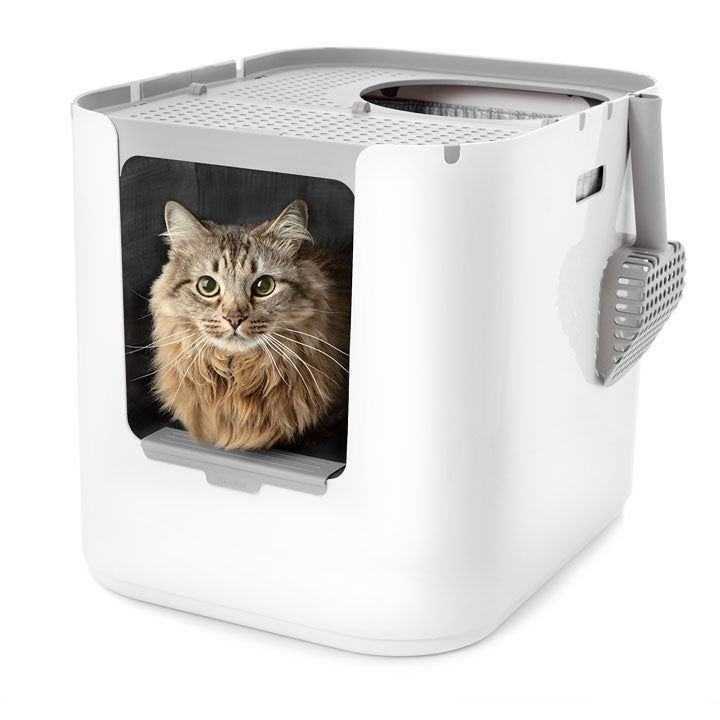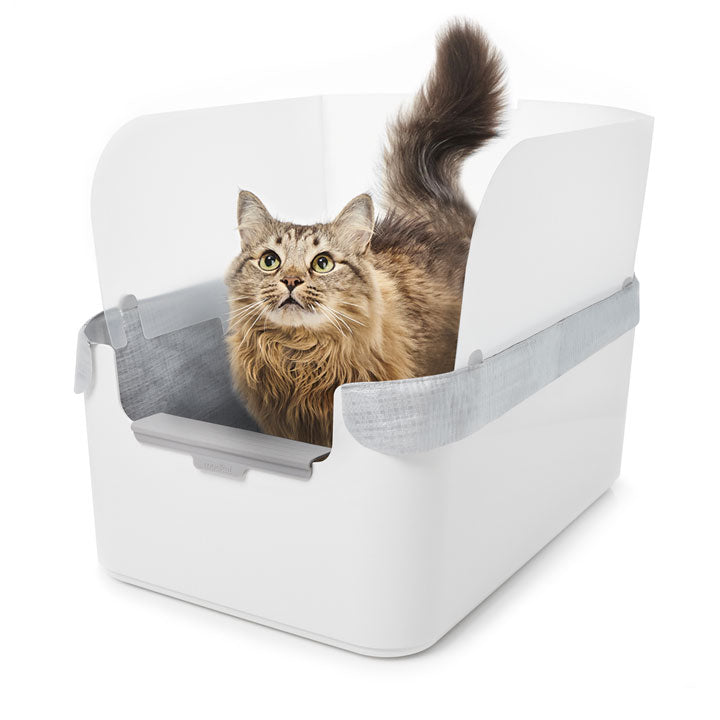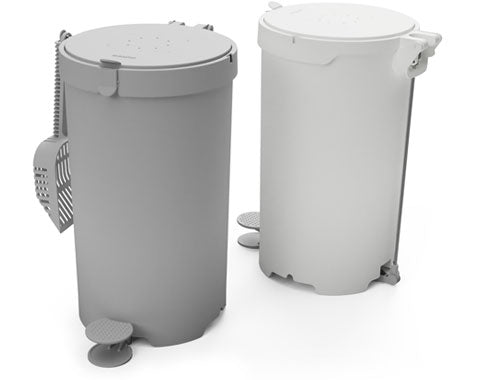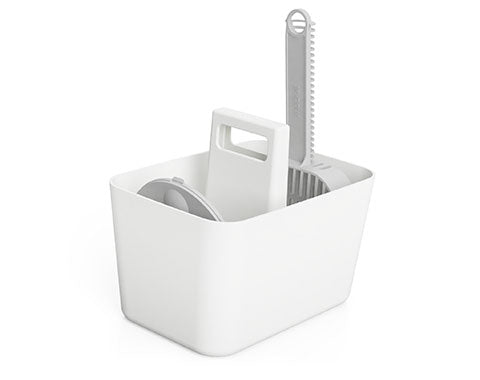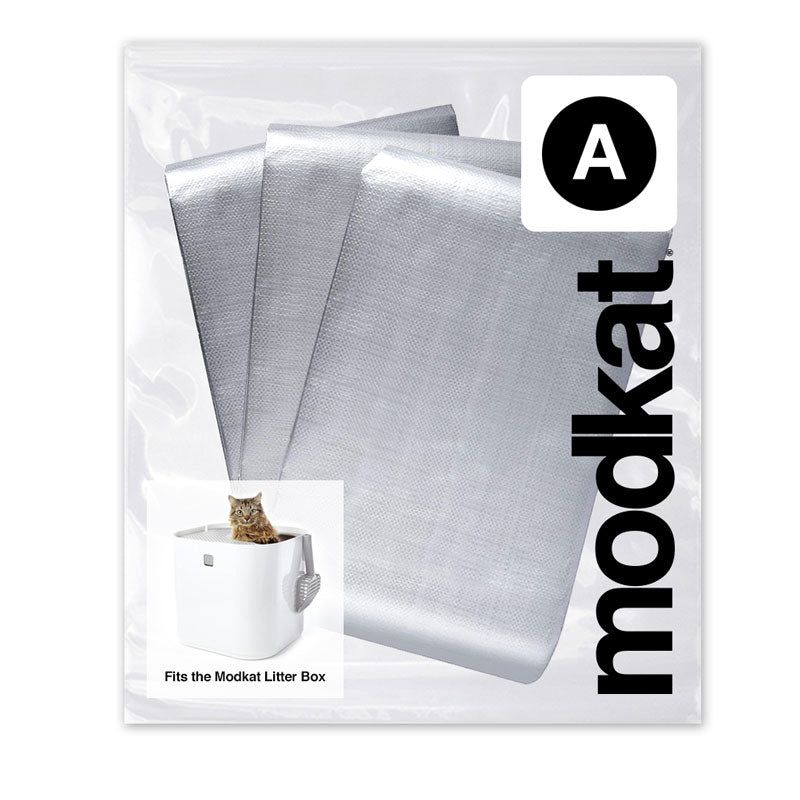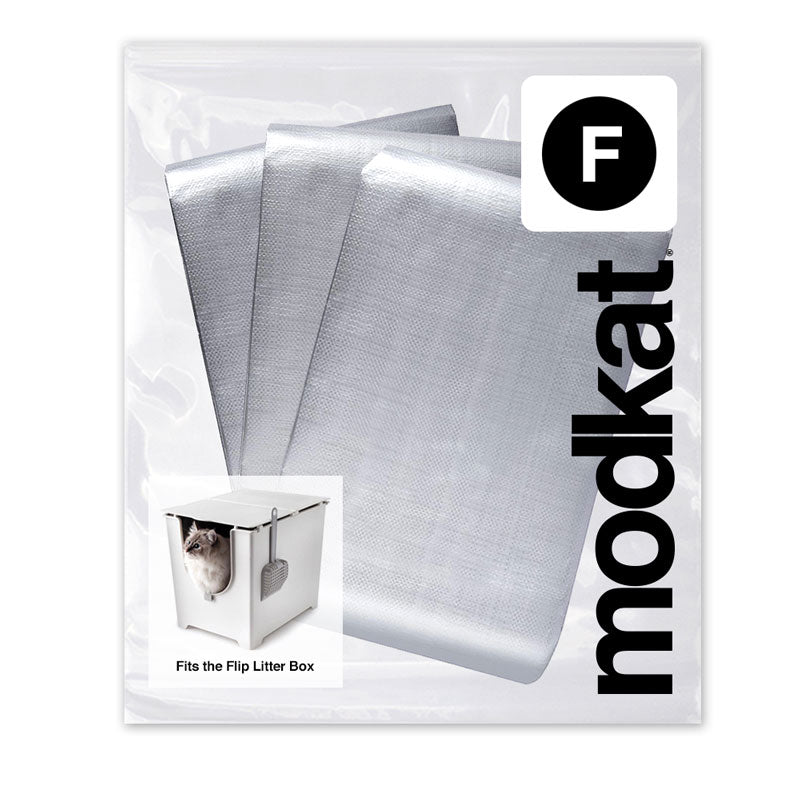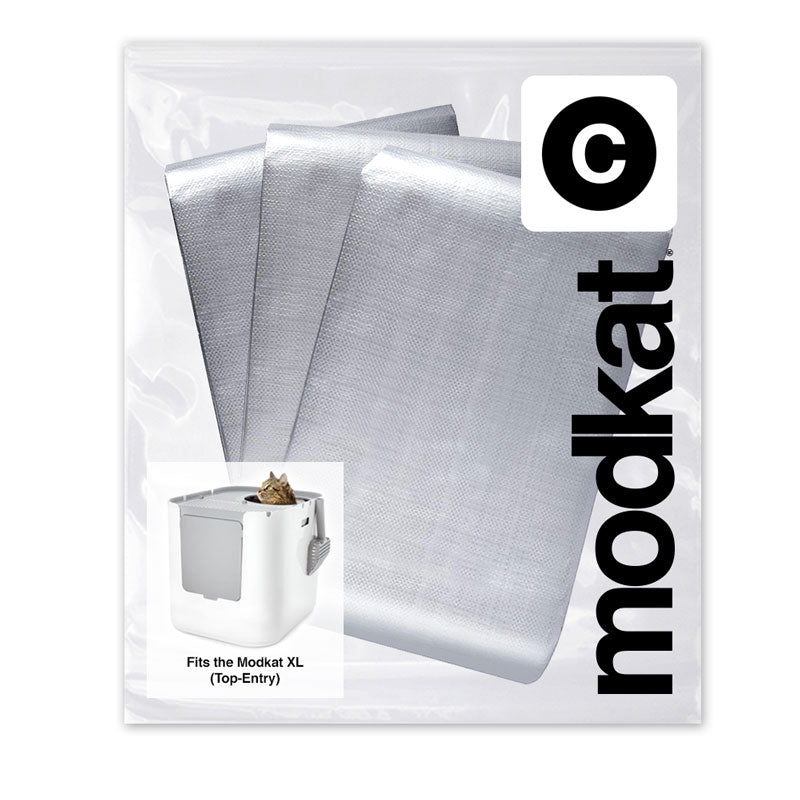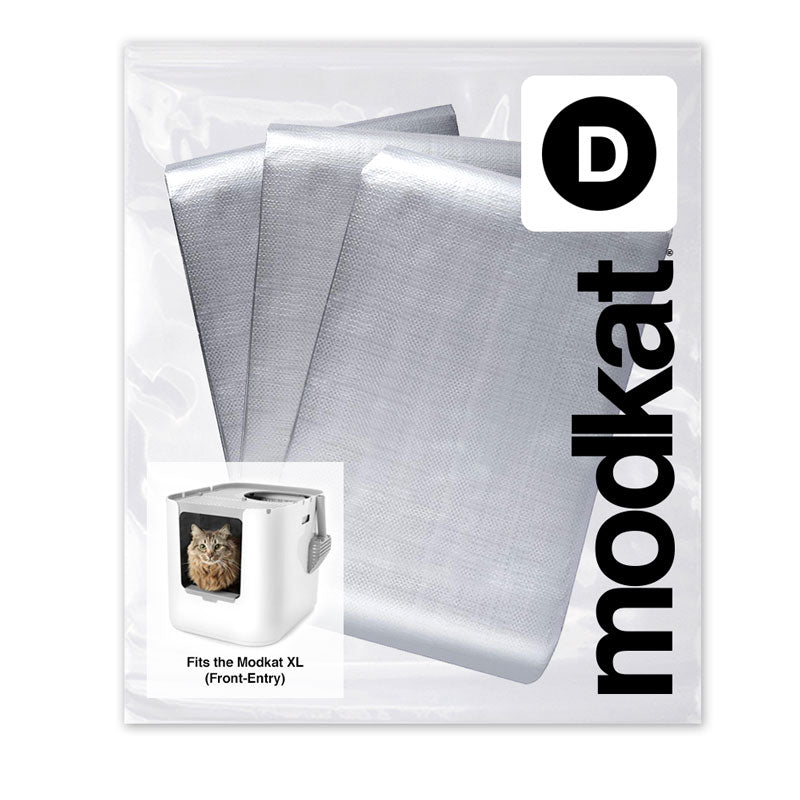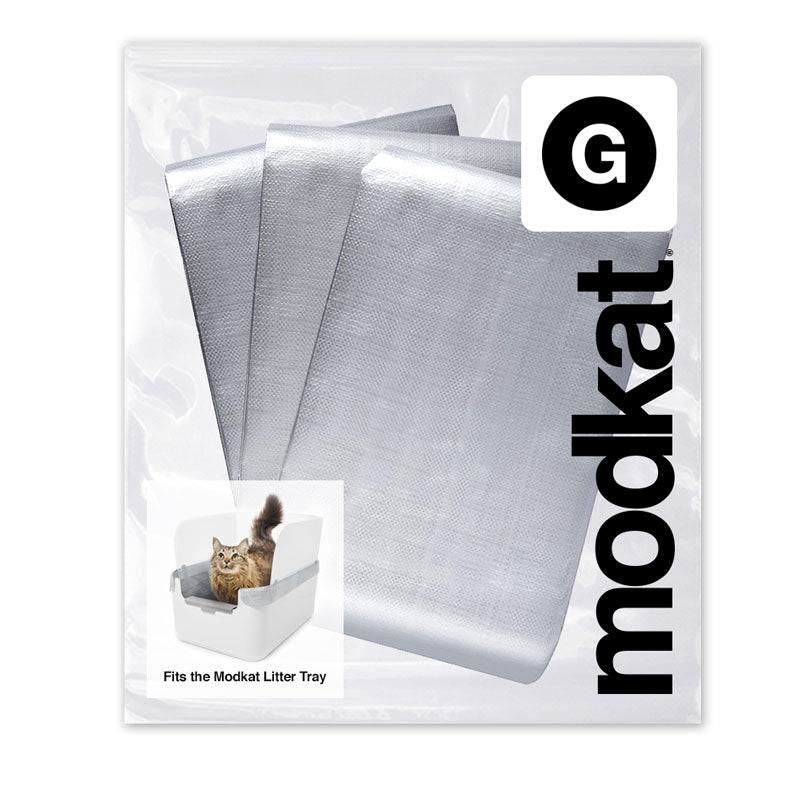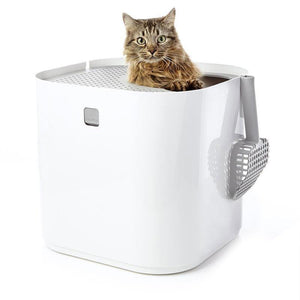Litter Boxes
Accessories
Liners
Why doesn’t my cat purr? The ultimate guide to cat communication.

Nothing comforts like a cat's purr, especially when you are unwinding for the day or settling in for the night. It’s one of the best things about sharing space with a cat, hearing such a soul-soothing sound.
Not only is purring soothing, but it’s actually believed to lower blood pressure, strengthen bones and reduce the risk of heart attacks. So, when a cat fails to purr, you may be left feeling cheated and wondering whether your cat is unhappy, stressed, or unhealthy.
However, if your cat doesn’t purr it isn’t always a cause for concern. Read on to learn all about cat communication and why your cat may or may not purr.
Why do cats purr?
Cats are known for making that low, rumbling sound we call purring. We often associate the noise with relaxation and contentment. Author Mark Twain even said, "I simply can't resist a cat, particularly a purring one."
Purring is a unique vocalization. While not all cats are vocal, those that are can communicate in a variety of ways, including meowing, hissing, growling, and of course, purring.
How do cats purr?
Scientists still don't fully understand how a cat is able to produce this calming, therapeutic sound. It is thought to be connected to the vibration of the vocal cords in conjunction with inhaling and exhaling.
The pitch and intensity may change as the cat breathes in and out. If your cat doesn’t purr, it may just be that he has other ways of communicating, such as using body language or facial expressions, or his purr is too soft to hear, or he simply has a deficit in his vocal cords or respiratory system that prevents him from purring.
Experts surmise that purring is a way for kittens and momma cats to communicate with each other. Since kittens are born both blind and deaf, the vibration of a mother cat’s purr helps guide them to suckle.
When these babies become toddlers and adult cats, purring takes on other functions, such as asking for attention, socializing with other cats, or expressing contentment. Cats also purr, however, when they’re ill, hurt, stressed, or angry.
Some experts believe that cats purr as a way to self-soothe, or to communicate with other cats, while others think that it may be a way for cats to heal themselves, as the vibrations may promote healing and bone density.
If your cat purrs and suddenly stops, you should see a vet, especially if the change is accompanied by lethargy and decreased appetite. Your kitty could have something else going on that needs to be addressed.
Do all cats purr?
While purring is a common cat behavior, not all felines are vocal cats. Some breeds, like the Russian Blue and the American Shorthair, are known for their quiet demeanor and are not as likely to purr as others. And then…
Some cats just don’t purr.
All cats exhibit individual personalities, and purring may just not be a cat’s chosen method of communicating. Instead, your non-purring kitty may use facial expressions or body language to solicit a request for food or affection. It’s also possible you’re unable to detect the purring because it’s so soft and subtle.
If your cat doesn’t purr, fret not. A non-purring cat that has no other adverse symptoms isn't necessarily experiencing pain or unhappiness. It’s just that he doesn’t find it necessary to vocalize when he’s content, hungry, or seeking affection.
Most importantly, remember that if your cat doesn't purr as much or as loudly as other cats, it doesn't mean they don't feel cat love towards you. There are many other ways in which cats communicate their affection, such as headbutting, kneading, and licking.
It's important to note that if your cat suddenly stops purring or exhibits other changes in behavior, it could be a sign of concern. Cats may abruptly stop purring when they are in pain, stressed, or experiencing an illness. It's essential to monitor your cat's behavior and seek veterinary attention if necessary.
Can I get my cat to purr?
So, can you get your cat to purr? Well, it depends. While some cats are more vocal than others, you can try playing with your cat or giving them attention to see if it triggers purring. Additionally, you can experiment with how to pet your cat, as some cats may respond more positively to certain types of touch than others. Paying attention to your cat's body language can also help you better understand their moods and preferences.
Animal experts say there really isn’t much you can do to coax a non-purring cat to vocalize if they’re not typically a purrer. However, if your cat is on the quiet, modest side but is capable of purring, you can try a variety of things to encourage your cat to purr more.
- Pet your cat under its chin, on its back, or behind its ears.
- Talk gently to your cat or sing a soft lullaby. Avoid peering directly in your cat’s eyes as this could imply aggression.
- Cuddle with your cat. Lie next to her when she’s napping in the sun and stroke her gently.
- Cats enjoy kneading soft surfaces. Provide your kitty with a soft, cuddly blanket and stroke her while she burrows her face and kneads away.
Whether or not you are able to prod your non-purring cat to purr doesn't really matter. What is important is that you give him plenty of strokes, love taps, and gentle words of encouragement to ensure a purr-fectly healthy, happy kitty.
Is purring the only form of cat communication?
Cats communicate in many different ways. They may vocalize their desires, or they might let you know what they're thinking by using their eyes or tails.
Unlike dogs, who have a limited vocal range, cats make many different noises. In 1895, when cats were first becoming popular as domestic pets, a professor called Alphonse Leon Grimaldi actually developed a dictionary of cat language. He identified 17 different sounds cats make and attached an English word to each sound. While Grimaldi's work is no longer considered scientifically valid, it's true that cats say a lot with their voices.
But our pets can also use their body language to share their feelings. An upright tail, for instance, usually signifies a relaxed cat. A swiftly swishing tail might say, "I'm curious." A bushy tail often signals aggression or fear.
Overall, cat behavior and communication can be complex, but by paying attention to your pet's unique style of communication, you can better understand and strengthen your bond with your furry friend.
How else do cats communicate?
Cats have a variety of communication methods beyond purring. Here are a few ways your feline friend might be trying to tell you something:
- Meowing: Cats don't usually meow to each other, but they know it's a sound that gets humans' attention. Your cat might meow to greet you, ask for food, or let you know they want some attention.
- Body language: A cat's posture and movements can say a lot about how they're feeling. For example, a cat with their tail up and ears forward is usually happy and confident, while a cat with their ears flat and tail tucked might be scared or upset.
- Grooming: If your cat licks you or themselves, it's a sign of affection and trust. Cats groom each other to strengthen their social bonds, so if your cat grooms you, they consider you part of their family.
- Purring: While purring is often associated with contentment, cats also purr when they're in pain or anxious. Pay attention to your cat's other body language cues to understand what their purring might mean in different situations.
How can I tell my cat loves me?
Cats might not be as demonstrative with their affection as dogs, but they still have ways of showing they care. Here are a few signs your cat loves you:
- Kneading: When a cat presses their paws into something while kneading, it's a sign of contentment and relaxation. If your cat kneads you (or your clothes, bed, etc.), it means they feel safe and comfortable around you.
- Head-butting: Cats have scent glands on their cheeks, so when they rub their face against you, they're leaving their scent behind as a way of marking you as part of their territory. It's a sign of affection and ownership.
- Eye contact: Direct eye contact with a cat is a sign of trust and affection. If your cat blinks slowly while looking at you, it's called a "cat kiss" and means they feel relaxed and comfortable in your presence.
- Following you around: Cats are independent creatures, so if your cat chooses to follow you from room to room or snuggle up next to you, it's a sign that they enjoy your company and feel secure around you.
Modkat luxury litter boxes and accessories are sure to make your feline friend happy no matter if they purr or not. Shop Modkat litter boxes and more today!🐈
“It looks nicer than any other hooded or open option we considered.”

Purrr News.
Join our email list and get exclusive access to new products, the best cat litter box health articles, and 10% off your first order!
Similar products related to this blog:
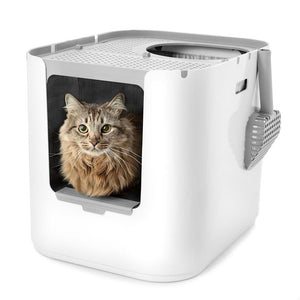
"It looks nicer than any other hooded or open option we considered."

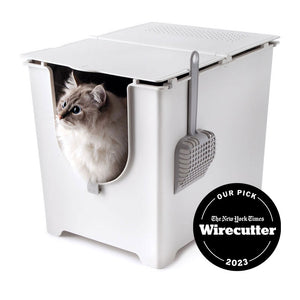
"This litter box keeps everything in, nothing gets out the sides."
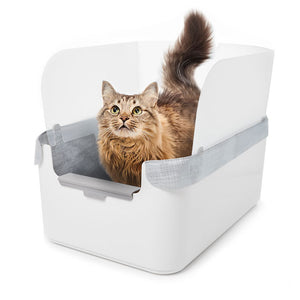
"My beautiful ragdoll cat and I both love the new Modkat Litter tray!"

